0
Need help?
Customer satisfaction is our priority. Whether you have questions about our sustainable containment solutions, need help with an order, or require assistance finding the right product for your needs, we’re here to help.
Customer satisfaction is our priority. Whether you have questions about our sustainable containment solutions, need help with an order, or require assistance finding the right product for your needs, we’re here to help.
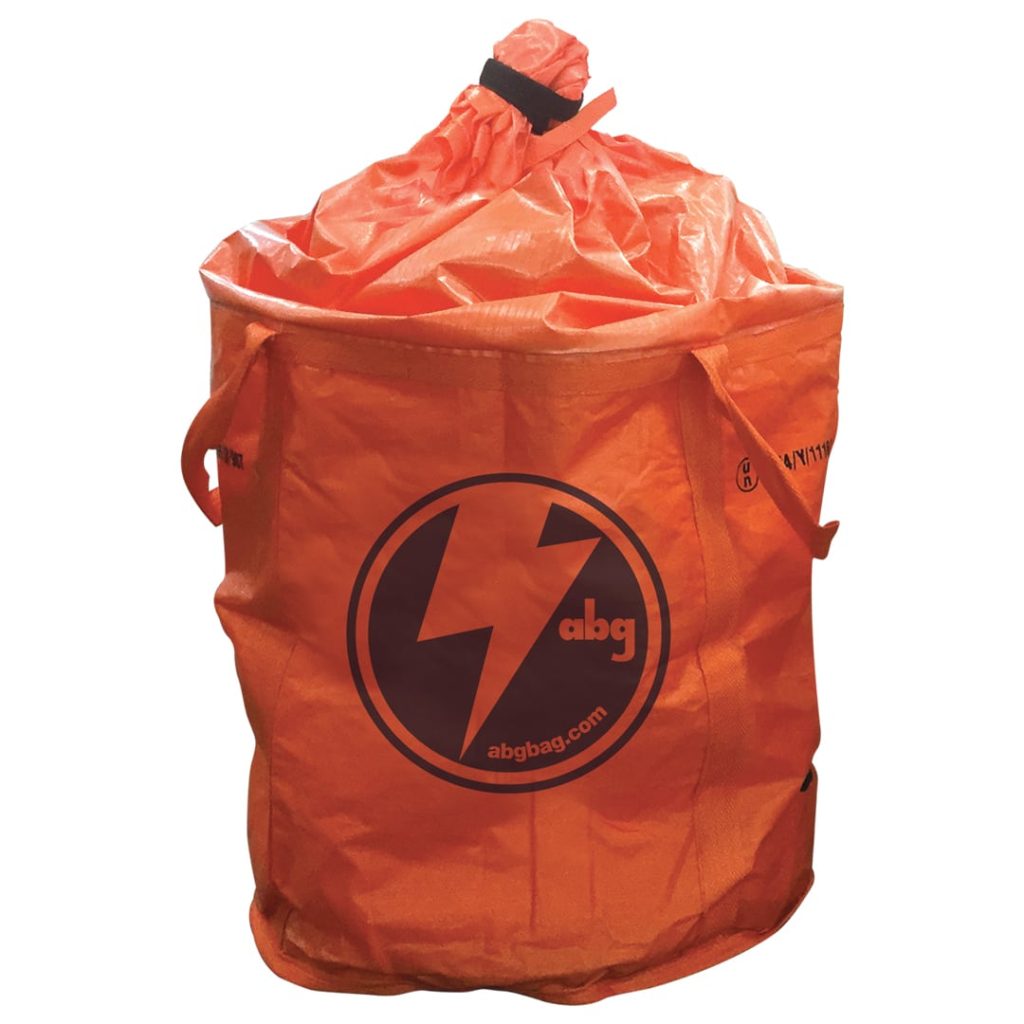
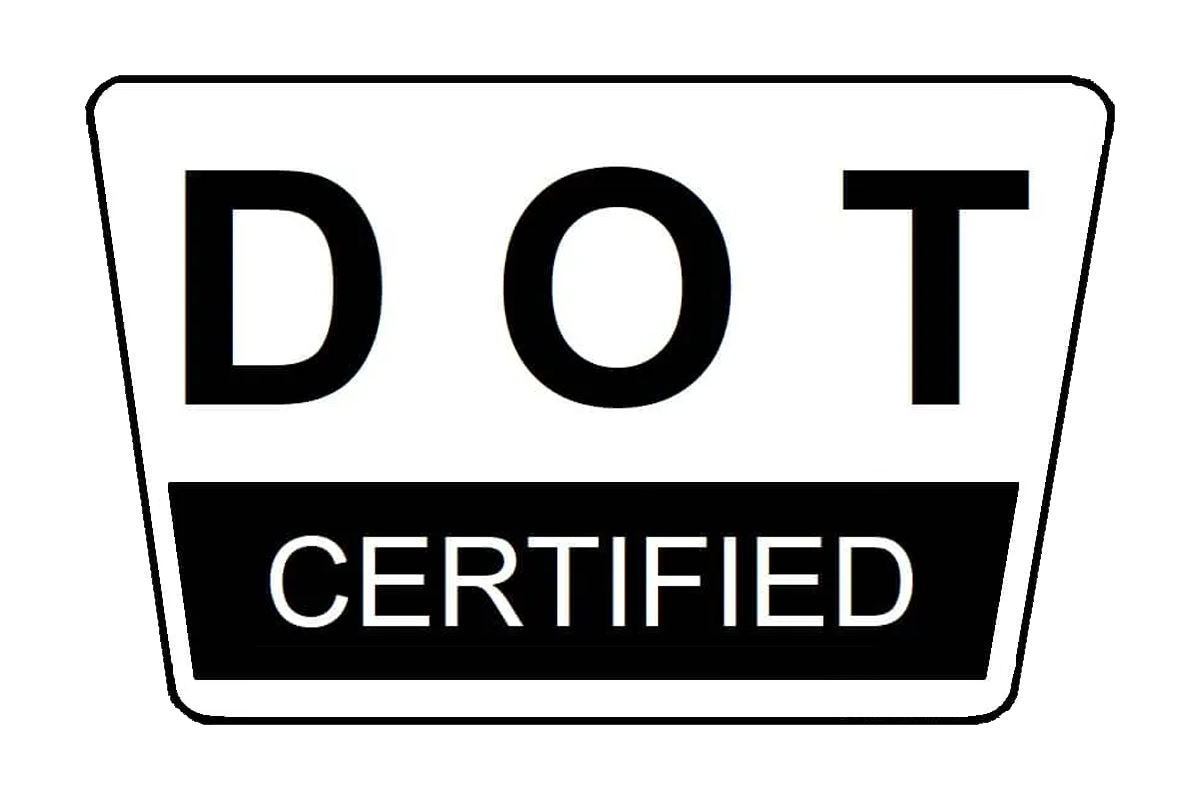
In industries where hazardous materials are routinely handled, including utilities, energy, and industrial operations, containment is more than a precaution; it is a regulatory necessity. Proper containment solutions protect workers, prevent environmental contamination, and ensure compliance with federal and international laws. From transporting transformer oil to managing spills at substations, companies rely on DOT containment solutions and EPA containment solutions to safeguard assets and maintain operational integrity.
This page explores the key requirements for containment, the regulations that govern spill management, and the differences between DOT and EPA standards.
The Environmental Protection Agency (EPA) sets strict standards for the containment of hazardous substances to prevent contamination of soil, groundwater, and surface water. These requirements are especially critical for utility companies and industrial operations that manage transformer oils, polychlorinated biphenyls (PCBs), and other hazardous fluids. Proper containment not only protects the environment but also ensures compliance with federal regulations, safeguards employees, and minimizes costly remediation efforts.
One of the most important EPA regulations for oil and transformer containment is the Spill Prevention, Control, and Countermeasure (SPCC) rule, codified in 40 CFR Part 112. This rule applies to facilities that store more than 1,320 gallons of oil above ground and mandates the development and implementation of detailed containment and spill response plans.
The SPCC rule emphasizes several critical areas:
These SPCC requirements are designed to minimize the risk of oil spills in facilities of all sizes, but they are particularly relevant for utility companies managing multiple substations, storage yards, and maintenance sites where transformer oils and lubricants are handled regularly.
In addition to SPCC regulations, the Toxic Substances Control Act (TSCA) impacts containment requirements, especially for transformers containing or previously containing PCBs. PCBs, once widely used in transformers for their insulating properties, are highly toxic and persistent in the environment.
TSCA regulations require strict containment, handling, and disposal procedures to prevent PCB contamination. This has led to the development of TSCA containment solutions, which are designed to safely store, transport, and manage PCB-contaminated equipment. Key aspects of these solutions include:
For utility companies, integrating Transformer EPA Containment with TSCA containment solutions ensures that both standard oil spills and PCB-related hazards are effectively managed. This dual approach protects the environment, safeguards workers, and reduces liability exposure while ensuring full compliance with EPA and TSCA regulations.
Effective containment is not just about regulatory compliance; it’s about operational efficiency and risk reduction. Utilities typically use a combination of permanent and portable containment systems to meet EPA requirements:
By adhering to EPA and TSCA containment standards, utility companies demonstrate environmental responsibility while maintaining operational flexibility. Well-designed containment solutions reduce cleanup costs, minimize downtime, and provide a clear path to regulatory compliance — all essential for managing transformer spill containment and other hazardous fluids safely and efficiently.
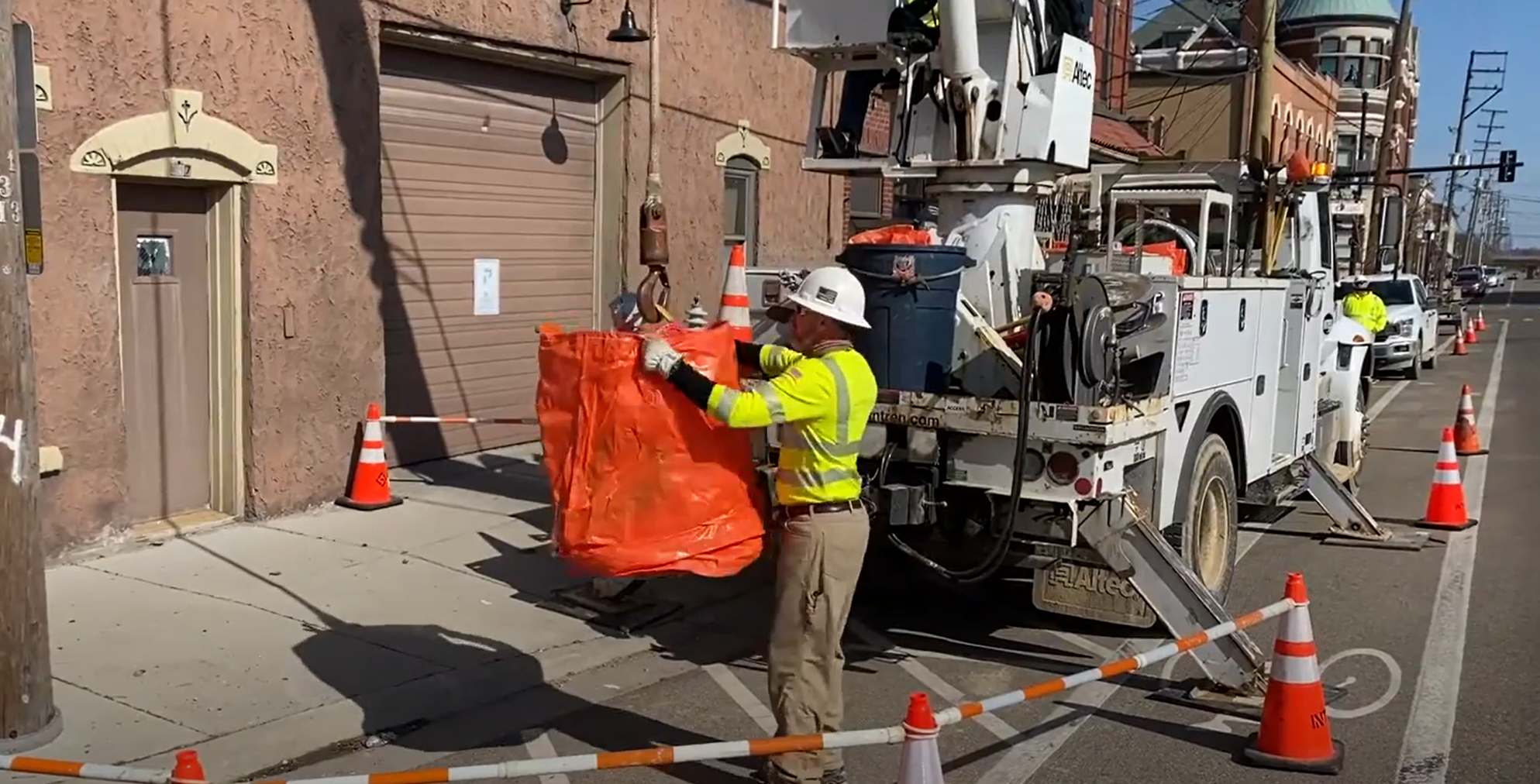
Regulations for spill containment are multifaceted, encompassing requirements from federal, state, and international authorities. The overarching goal is to prevent hazardous material releases that could harm workers, contaminate the environment, or result in costly fines and operational disruptions. Utilities, energy companies, and industrial operators must navigate these regulations carefully to ensure both safety and compliance.
The Department of Transportation (DOT) oversees the safe transport of hazardous materials under 49 CFR Parts 171–180. These regulations apply to all hazardous material transport containment systems, including DOT hazmat containment bags, drums, boxes, and other shipping containers.
Key DOT requirements include:
Transformer DOT Containment solutions, such as reinforced containment bags or specialized transport liners, provide a secondary layer of protection during shipment. For example, when moving oil-filled transformers between substations, these containment systems ensure that even if the primary container fails, fluids remain contained. This protects both personnel and the environment while demonstrating regulatory compliance.
While DOT regulations focus on transportation, the Environmental Protection Agency (EPA) governs containment at stationary sites to prevent spills from contaminating soil, groundwater, or surface water. This includes facilities like substations, storage yards, and maintenance depots.
Key EPA containment requirements include:
For utility operations, utility spill containment products such as reinforced containment bags, portable liners, and spill pallets are widely used to meet these EPA standards. Transformer EPA Containment systems are engineered to handle heavy oils and fluids safely, minimizing cleanup costs and protecting employees and nearby communities.
In practice, effective spill containment programs integrate both DOT and EPA regulations. For example, a transformer may be shipped in a UN-compliant containment bag that meets DOT standards for transport, then placed within a Transformer EPA Containment system at a substation for stationary protection. This layered approach ensures safety throughout the lifecycle of the equipment, from transit to installation and ongoing maintenance.
By adopting both DOT containment solutions and EPA containment solutions, utilities not only reduce the risk of spills and regulatory violations but also demonstrate a commitment to environmental stewardship and operational excellence. These practices protect workers, prevent environmental damage, and provide a foundation for long-term compliance and safety in utility operations.
Both the Department of Transportation (DOT) and the Environmental Protection Agency (EPA) regulate the handling of hazardous materials, but their focus, scope, and applications differ in meaningful ways. Understanding these differences is crucial for utility companies, energy providers, and industrial operations that manage transformer oils, PCBs, and other hazardous substances.
The DOT primarily regulates the transportation of hazardous materials, ensuring that shipments remain secure and safe from accidental release while in transit. Its standards apply to hazardous material transport containment systems, such as DOT hazmat containment bags, transport drums, and specialized boxes, all designed to withstand the stresses associated with shipping.
Key aspects of DOT standards include:
By following DOT standards, utility companies reduce the risk of accidents on the road and demonstrate compliance with federal transportation law.
EPA containment standards, on the other hand, focus on stationary operations. These regulations aim to prevent hazardous materials from reaching soil, groundwater, or surface water at facilities such as substations, maintenance yards, or storage sites.
Key aspects of EPA standards include:
Compliance Testing: EPA-compliant systems must demonstrate fluid retention capacity and structural integrity under environmental stressors like UV exposure, heavy rain, or temperature fluctuations.
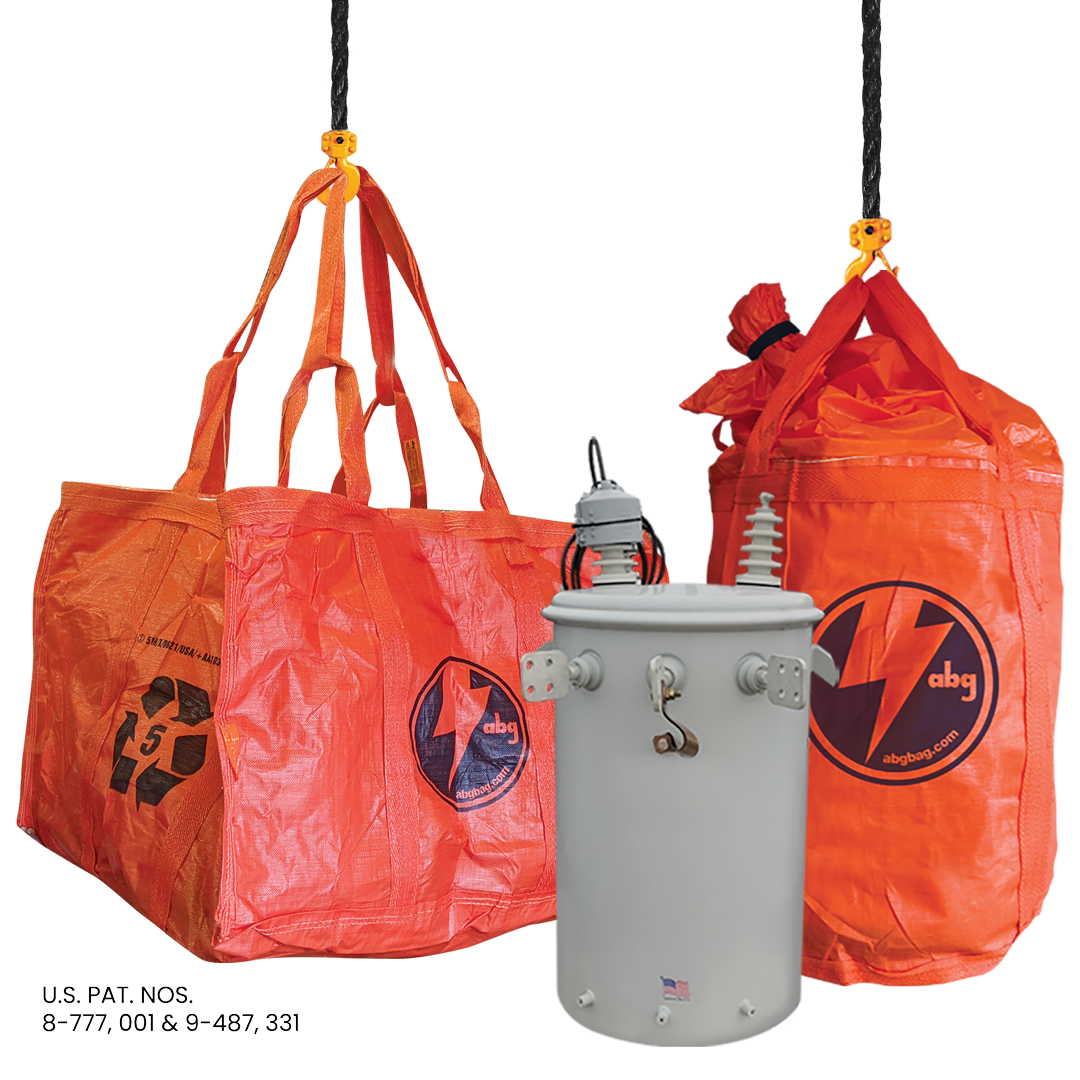
In practice, effective containment programs often combine both DOT and EPA standards. For example, a transformer may be transported in a UN-compliant containment bag meeting DOT requirements, then placed within a Transformer EPA Containment system at a substation for ongoing leak protection.
This dual approach ensures comprehensive regulatory compliance, operational safety, and environmental protection. By integrating DOT containment solutions with EPA containment solutions, utility companies can safely manage hazardous materials from transport to storage and throughout their operational lifecycle.
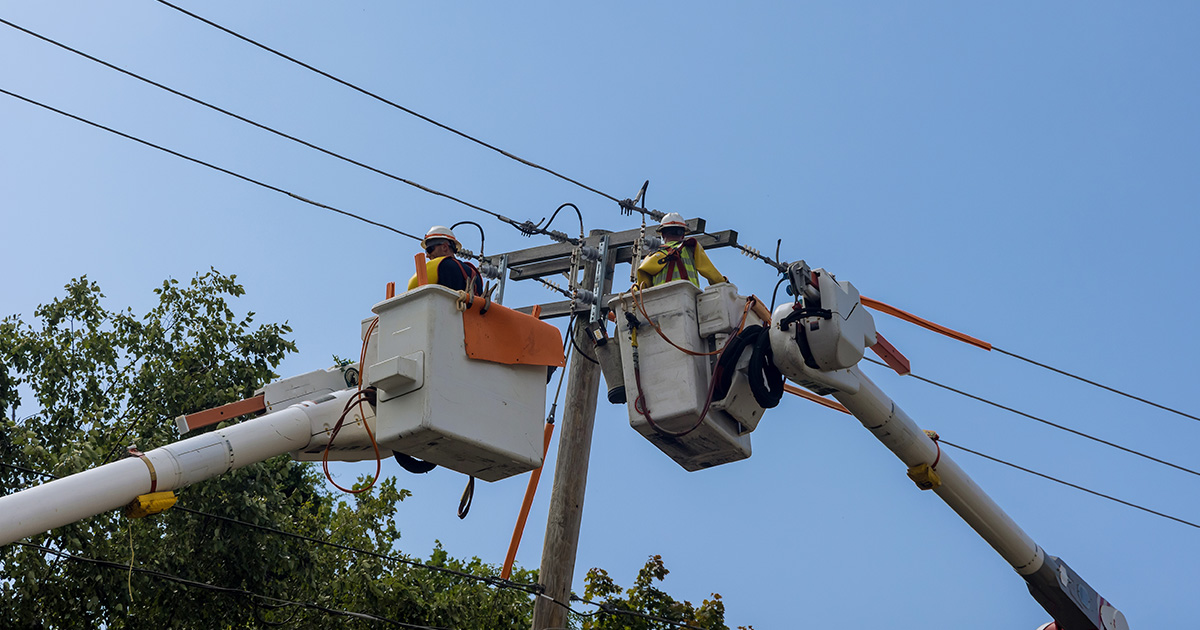
Building a robust spill containment program requires attention to both regulatory frameworks. Key steps include:
For a comprehensive overview of these strategies, refer to A Complete Guide To Regulatory Spill Containment Solutions, which details DOT, EPA, UN, and TSCA-compliant solutions across multiple industries.
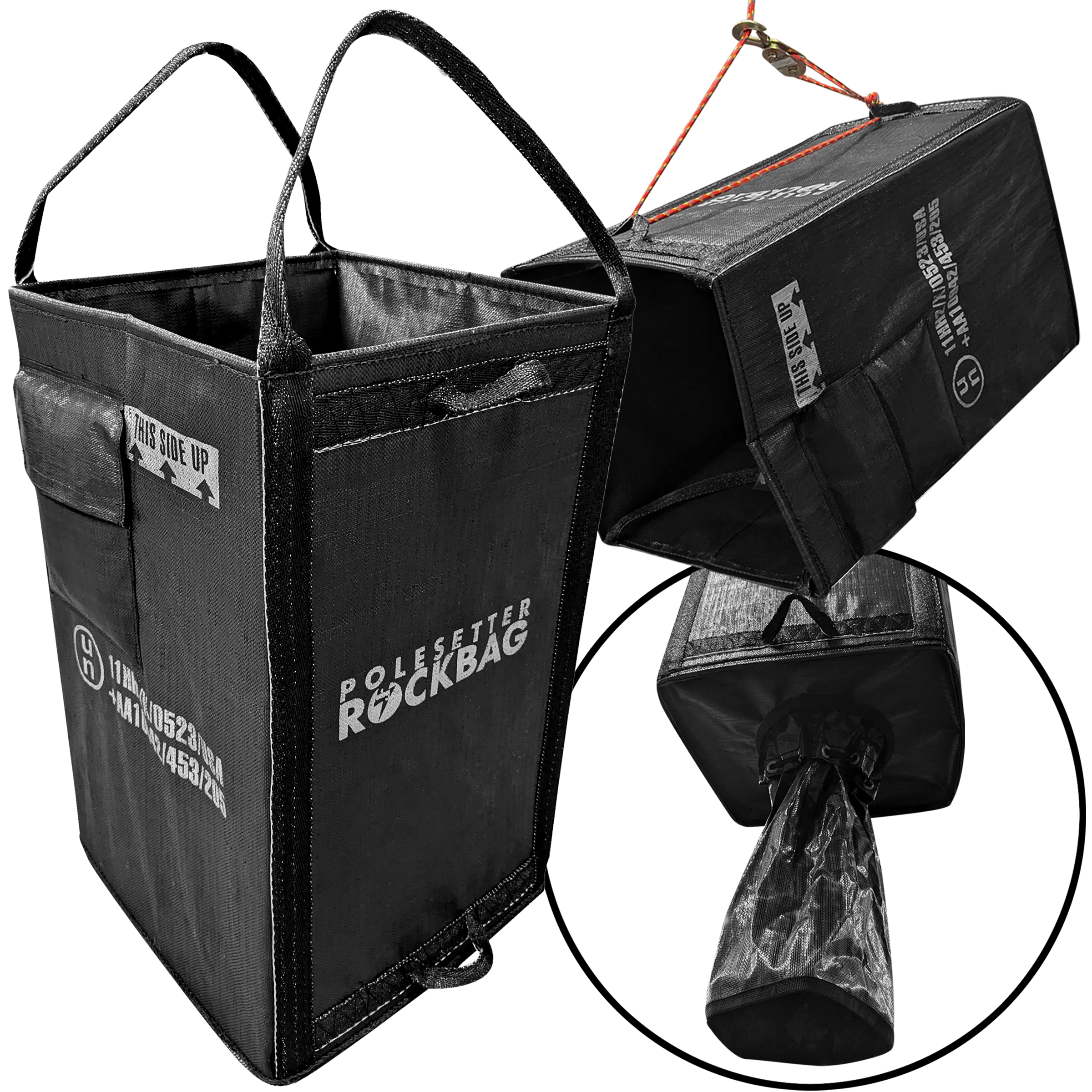
Selecting the proper containment solutions is critical for both regulatory compliance and operational efficiency. Consider:
Hazardous material transport containment solutions should provide peace of mind by preventing spills before they occur, reducing cleanup costs, and protecting the environment.
Protect your operations, employees, and the environment with certified DOT containment solutions, EPA containment solutions, and utility spill containment products. For expert guidance and reliable products, call 800-758-8079.
For inquiries about our products, order status, or any other information related to ABG, send us a message, and we will respond soon.
Sales & Customer Care
Product Questions
Adding {{itemName}} to cart
Added {{itemName}} to cart